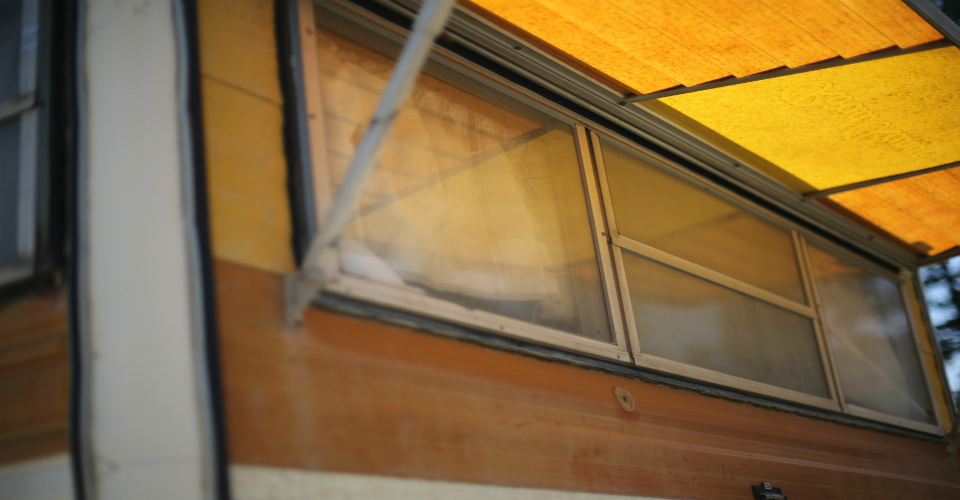
There are many options for removing an existing above ground pool. The cost of removing an above ground pool will vary depending on the materials used, the size and shape, as well as the work involved. If you're considering a full removal of the pool, you'll have to make sure you get the right permits, and you may also need to hire a structural engineer. Depending on where you live, you might have to pay a building permit fee. You can save money if you are a DIY person by taking down your above-ground pool yourself, but it is not an inexpensive endeavor.
For the removal of an above ground pool you will need a heavy duty metal cutter, large containers, and the necessary tools. It is also important to drain the water from the pool. You will need to drill holes into the bottom of your pool in order to allow for drainage. Once that's done, you need to attach the sewer point. You'll also need to pull the water out of the pool and direct it to a designated drainage area.

The best option to remove an above ground pool is complete removal. The easiest way to get rid of the top layer is to leave the rest. You can also leave the bottom of the pool in place, provided that the area is large enough to accommodate future landscaping. A spa or firepit can be added to the area.
Some cities will require you to obtain a permit before tearing down an above ground pool. However, this can prove to be quite a hassle as you will need to fill in all the holes and drain any water from the pool. Some cities will require you to pay a small fee and you will need an Encroachment Permit if you have public rights of way.
A company who is experienced in removing above ground pools will be able to assist you. An average homeowner will spend between $500 and $3,000 to complete a similar project. You have two options: hire a professional contractor or go it alone. It is a good idea that you get at least three estimates before making a decision. It is important to consider all factors that can affect the cost of your project.

The most efficient use of time and money is to get an engineer's help. A structural engineer can help you determine the best way to remove the water and provide a compaction report to tell you if it is possible to construct a new structure. Compaction reports will show you how to backfill the area properly so that it doesn't sink.
FAQ
Are permits required to renovate my home?
Yes, you will need permits before starting any home improvement project. You will require a building permit as well as a plumbing permit in most cases. A zoning license may also be needed depending on the type or construction you are doing.
What should I do before renovating a home?
Clean out your home and get rid of all clutter. Next, remove moldy spots, replace damaged walls, fix leaky pipes, and paint the whole interior. Final steps include cleaning up exterior surfaces and applying new paint.
What is the average time it takes to renovate a house?
It all depends on how big the project is and how much time you spend each day. The average homeowner works on the project for three to six hour a week.
How can I prevent being scammed when renovating my house
The best way to avoid being ripped off is to know what you are paying for. Read the fine print before signing any contract. Don't sign any contracts that aren't complete. Always request copies of signed contracts.
What should I think about when buying a house?
Make sure you have enough cash saved to pay closing costs before buying a new house. Refinancing your loan is an option if cash is tight.
How much does it take to renovate a home?
Renovations typically cost anywhere from $5,000 to $50,000. Renovations typically cost homeowners between $10,000 and $20,000
Statistics
- They'll usually lend up to 90% of your home's "as-completed" value, but no more than $424,100 in most locales or $636,150 in high-cost areas. (kiplinger.com)
- Design-builders may ask for a down payment of up to 25% or 33% of the job cost, says the NARI. (kiplinger.com)
- It is advisable, however, to have a contingency of 10–20 per cent to allow for the unexpected expenses that can arise when renovating older homes. (realhomes.com)
- Most lenders will lend you up to 75% or 80% of the appraised value of your home, but some will go higher. (kiplinger.com)
- Rather, allot 10% to 15% for a contingency fund to pay for unexpected construction issues. (kiplinger.com)
External Links
How To
Do you prefer to renovate the interior or exterior?
Which one should I first do?
There are many factors to consider when deciding which project to start with. The most common factor is whether the building is old or new. The condition of the roof, windows and doors, flooring, wiring, and other aspects are all important. If the building is new, then there are many different aspects to think about such as the location, size, number of rooms, style, etc.
If the building is old, the first thing to look at is the roof. If your roof seems like it is about to fall apart, then you should get on with the renovation. Next, you can check if your roof is okay. Next, examine the windows. The windows should be inspected for damage or dirt before you do anything else. Next, clean the doors and ensure that they are free of debris. Once everything is clean, you can then begin to put the floors together. You want to make sure the flooring is sturdy and solid so it doesn't break no matter how much you walk on it. Now you can start to add the walls. Look at the walls and see if they are cracked or damaged. If the wall is intact, then you can move to the next step. Finally, once the walls are inspected, you can work on the ceiling. You should inspect the ceiling to ensure that it can withstand any weight you put on it. If everything checks out, then you can move forward with your renovation.
If the building was new, you will want to inspect the exterior. Start by looking at the outside. Is it well maintained? Are there cracks anywhere? Does the exterior look great? If it doesn't look good, you need to fix it. You don’t want to make your home look bad. Next, check the foundation. You should repair any foundation that appears weak. Also, be sure to check your driveway. It should be straight and level. If it isn't, then you should probably fix it. You should also inspect the sidewalk while you're checking your driveway. If it's uneven, then you should probably replace it.
Once you have completed these inspections, you can now move on inside the house. Start by looking at the kitchen. Is the kitchen clean and well maintained? If it is messy, then you should probably clean it up. Next, make sure to inspect the appliances. You want them to be in good order and working correctly. If they are not in good condition, you should either purchase new cabinets or fix them. The cabinets should be inspected after that. You can paint them if the cabinets are stained or damaged. If they are in good order, you can move onto the bathroom. The toilet should be inspected here. If the toilet is leaking, you will need to replace it. If the item is only dirty, you can wash it. Next, make sure you inspect all the fixtures. Make sure they're clean. If they are dirty, then you should definitely clean them. You should also inspect the countertops. You should repaint countertops that are cracked or chipped. If they are smooth and shiny you can use a sealant.
The last step is to check the furniture. Verify that the furniture is not damaged or missing. If it's missing or damaged, you need to find it. It is best to repair any broken items. Once everything is in order, you can then move on to the next step.